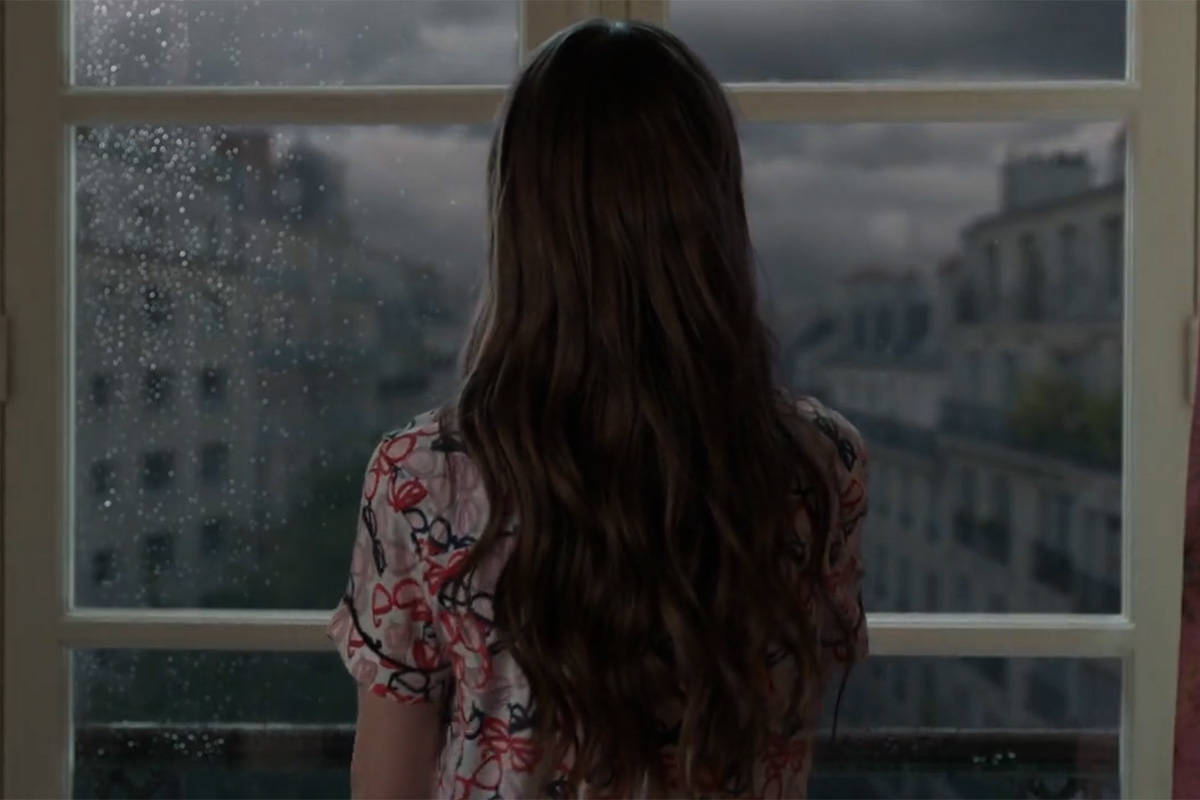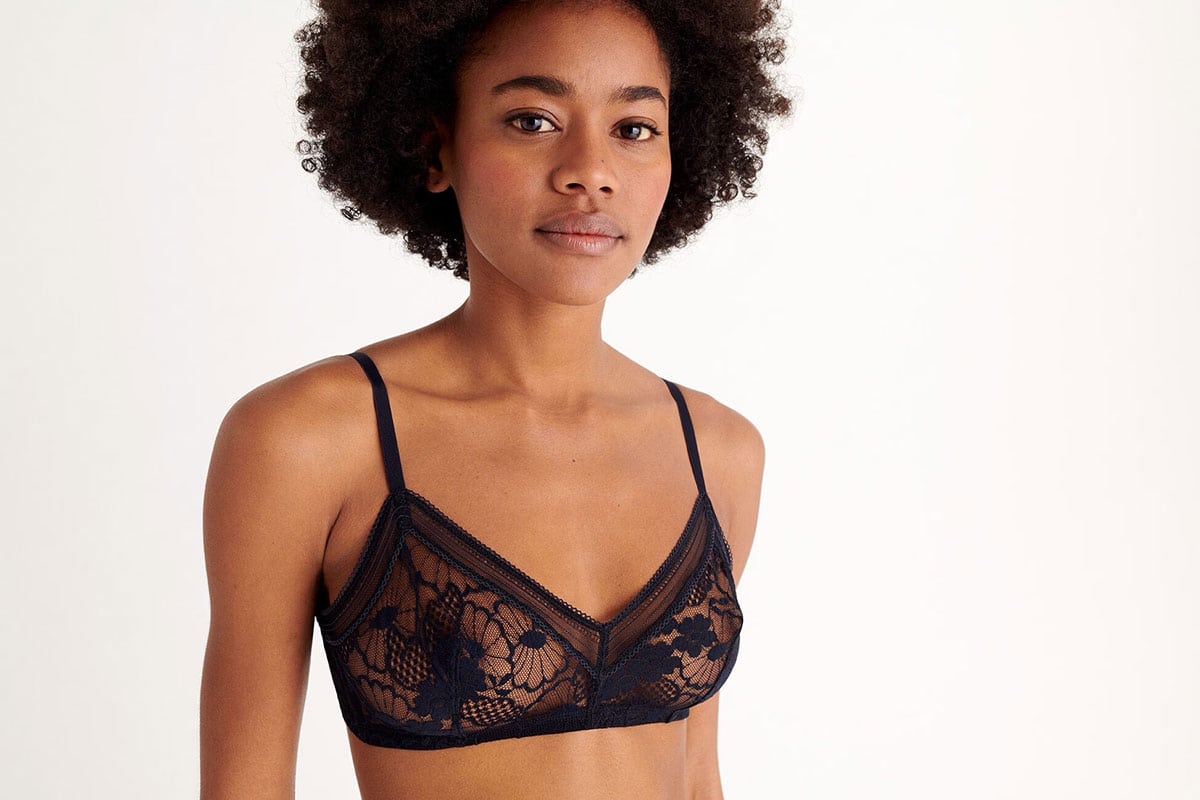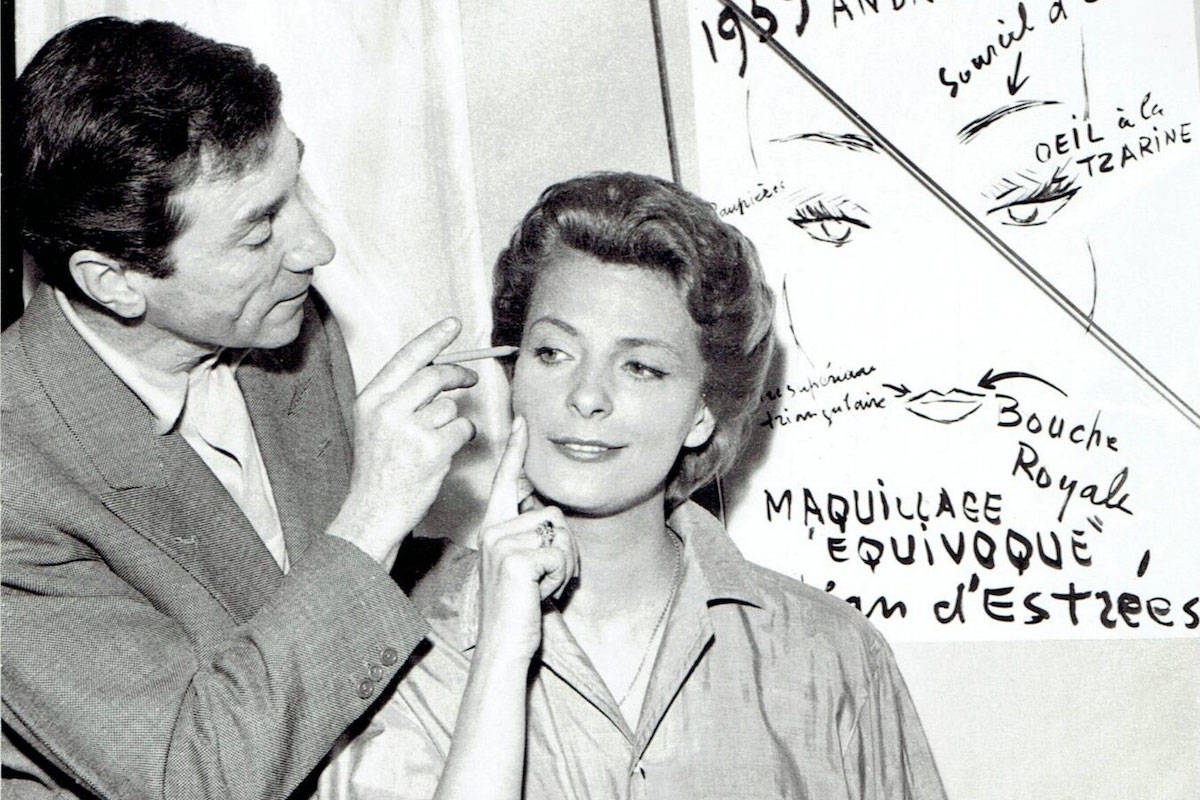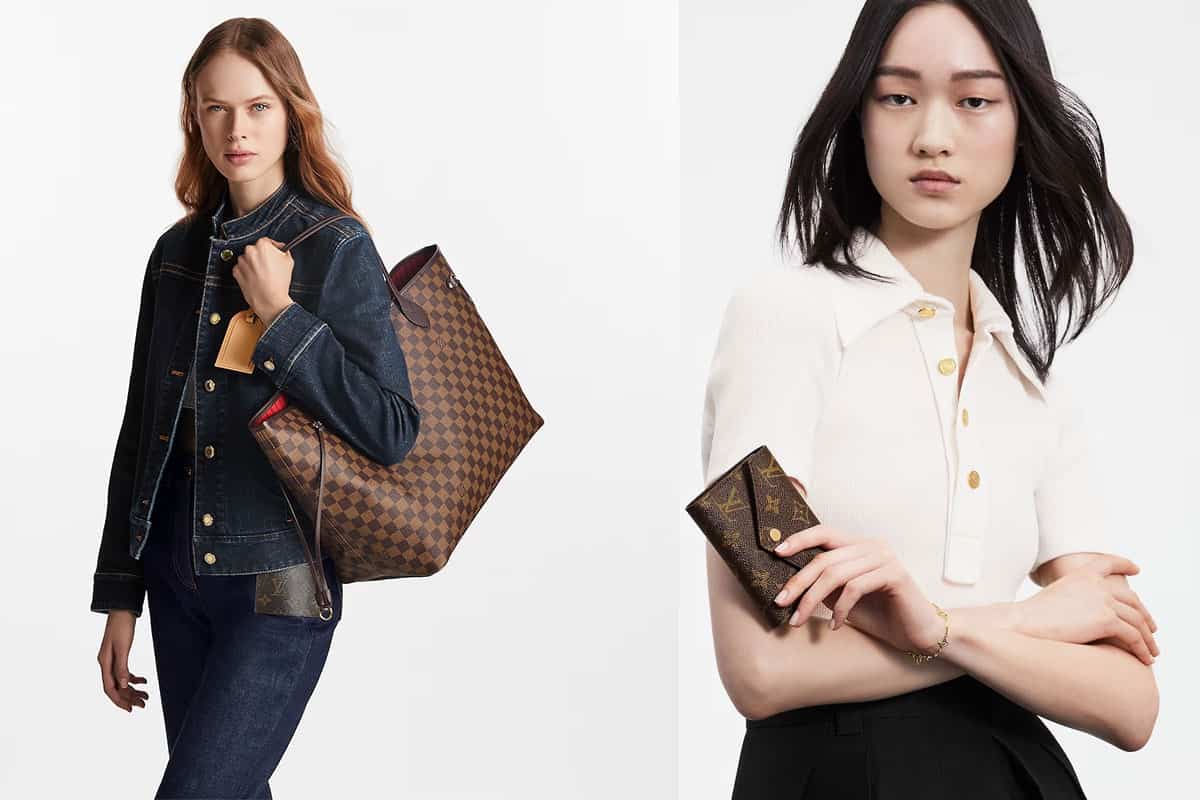Many of the finer points of French culture elude me, even after living there for nearly a decade — so for the nuances of etiquette, manners, and elegance, I reached out to life coach and therapist (and French more expert) Aude de Vathaire, who’s amassed a sizable online following for her pointed, refined counsel. She was kind enough to respond to a selection of my queries — and I recommend following her for more insight and advice on Instagram and YouTube. For a truly deep dive, note that she also offers a masterclass on summoning an elegant spirit, as well.
View this post on Instagram
The French culture is renowned for its elegance worldwide. Do you think this reputation is deserved, or is it simply mystique?
Elegance is part of our essence as a human being, so it is present in each one of us on Earth, ready to be expressed more thoroughly in our personal lives. In all cultures, there is a notion of elegance that is developed — this is what makes the world so full of diversity, creativity and colors.
Elegance isn’t only about wearing pretty outfits, it is all about EMBODIMENT of a true heart-centered elegance in the way you act, speak, and dress. There is a profound mindset to this. Each human being has this deep inner desire of wanting to be considered, loved, seen, heard, recognized…and the core of the French principles around manners, chivalry, etiquette is an ode to honoring, respecting, and celebrating Life that flows in each one of us. This comes from centuries ago, in France, from the Middle Ages, probably even before.
Of course, there is the reality and the theory, but at the root of the elegance of French manners, there was this mindset influenced by Christianity. The knights and the landlords were there to LOVE and to SERVE. They were to love and serve God, their landlord, the lady, the women, the poor, the sick, the widow, the orphans, their country, the ones in need… I know this is very controversial these days, but it is important to understand the mindset and principles behind elegance even if this is only the theory (just for the sake of understanding, let us put aside the trauma and difficulties and let’s focus on the theory), because it gives the general view of the foundations.
Centuries ago, art was a means to honor God, the king and queen, and it developed in all areas: architecture, fabrics, cutlery, furniture… The most important art pieces in the world are connected to the honoring of a person, a god, or place. So what we call today elegance, I think is the continuity of honoring people. And in France, this aspect has been very highly developed. French elegance, which has had a worldwide reputation in the past, stems probably in part from this history. It isn’t something that is conscious, I think, but the consequence of centuries of artistic background in sync with this mindset of honoring life.
Let’s not look at manners like a series of rules, but certain principles on which everything is built upon. If the focus is on serving, respecting, honoring, the human being in front of you, than that changes everything in the way you will act, speak, and dress.
And so, from this point of view, there is space for creativity and celebration of the life which is given to us to live. Wanting to show up in an elegant way makes sense! This mindset probably contributes to the fact that certain people in France are mindful about style and outfits.
As a life coach, the basis of my work consists in helping people to act, speak, and dress to uplift their lifestyle and confidence in all life situations. I help people step into their own unique elegance, the one that is part of who they are deeply, heart and soul. And as a former artist and painter, I help them refine their eye and creativity while adapting to situations with grace and simplicity. The goal isn’t [for people] to be over-sophisticated but to adapt the best way to [experience life] while giving themselves permission to step into their unique personal elegance.
View this post on Instagram
Are there behaviors that immediately reveal a visitor to France as an outsider? If you could convince every tourist to do one thing, in terms of their comportment – what would it be?
Be aware of others and environment to adapt the best way possible. This should be the way we visit any country.
View this post on Instagram
Do you find that the French are becoming less elegant these days? I would suggest that elegance is not easy – that it requires much effort. Do you think it’s as important to them as it has been in the past?
I find that the French are becoming less elegant these days. Even in certain social classes where there was a habit of getting dressed elegantly, there isn’t much left. As a life coach and therapist, I feel that people are exhausted and overwhelmed in their everyday life. Consequently, there isn’t much energy and thinking space left to consider living with more elegance.
Elegance requires you to be more aware and intentional in the way you perceive life and respond to it. And when you are tired, preoccupied, and stressed, there isn’t much space available to reflect calmly and start being more mindful of uplifting your lifestyle. Our modern life doesn’t leave us much opportunity to do this personal development work.
Unless people are really willing to transform their lives and to uplift it considerably, staying in the known, even if it is uncomfortable, is the only immediate response most people have to life.
My job as a coach is to let people reclaim their personal power — to let them step out of victime mode, to let their true potential glow again, to let them put more beauty and joy in their lives for us all. The world needs to be uplifted. Adding more fear to the fear isn’t helping. But adding more beauty, inspiration, and joy uplifts, and it is beneficial for every one.
Above: A still from Princess Montpensier.







 Antoine explains the industrial definition of the word, and his wife — yes, his wife — asks Emily why she’s come to Paris. To market, Emily says: to market all the beautiful things French people make so us crass, Cheeto-fingered Americans might buy them, and thus prop up their dying industries. Antoine, at least, is interested, and Emily is ready with her analysis: “I think you have an amazing, sexy product that could practically induce pregnancy in older women.” I mean, there’s a lot going on in that sentence, and not much of it good, but it’s clear that Emily has done her homework, and in no universe would that person not know what a nose is. Sheesh! After Emily’s impromptu presentation, Sylvie scolds her for talking shop after hours: “We’re at a soirée, not a conference call.” Maybe Married Antoine’s got an American stepmom or something though, because he’s all too happy to take things offline with Emily and continue the conversation. What does she smell in his fragrance? “Gardenia, leather, musk, and a little bit like sweat,” she says. (Yes, totally, that is the response of a woman who doesn’t understand the term “nose.”)
Antoine explains the industrial definition of the word, and his wife — yes, his wife — asks Emily why she’s come to Paris. To market, Emily says: to market all the beautiful things French people make so us crass, Cheeto-fingered Americans might buy them, and thus prop up their dying industries. Antoine, at least, is interested, and Emily is ready with her analysis: “I think you have an amazing, sexy product that could practically induce pregnancy in older women.” I mean, there’s a lot going on in that sentence, and not much of it good, but it’s clear that Emily has done her homework, and in no universe would that person not know what a nose is. Sheesh! After Emily’s impromptu presentation, Sylvie scolds her for talking shop after hours: “We’re at a soirée, not a conference call.” Maybe Married Antoine’s got an American stepmom or something though, because he’s all too happy to take things offline with Emily and continue the conversation. What does she smell in his fragrance? “Gardenia, leather, musk, and a little bit like sweat,” she says. (Yes, totally, that is the response of a woman who doesn’t understand the term “nose.”)

































You must be logged in to post a comment.